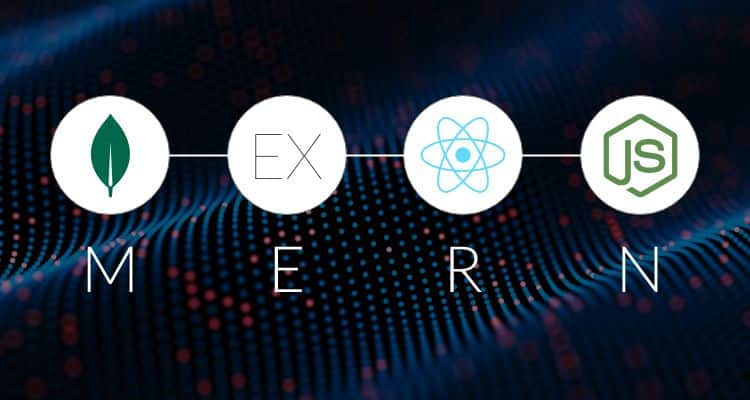
Imagine building a beautiful, intricate sandcastle. The design is perfect—the towers, the walls, the details—but the real challenge begins when the waves approach. Will it stand firm, or will it crumble under pressure?
Similarly, deploying a MERN (MongoDB, Express, React, Node.js) stack application into production tests how robustly your project performs outside the safe environment of your local machine. It’s not just about writing clean code—it’s about ensuring stability, scalability, and security once real users interact with your creation.
Understanding the Production Landscape
Before diving into deployment, think of production as a city compared to a prototype model. Your local environment is like a workshop—controlled, quiet, and predictable. Production, however, is bustling with real traffic, unexpected issues, and constant change.
In this environment, applications must handle large volumes of requests efficiently, maintain consistent performance, and protect sensitive data. Developers often underestimate this transition, assuming what works locally will work globally. But scaling, caching, logging, and error handling become the pillars of a successful deployment.
For beginners exploring deployment techniques and real-world project management, enrolling in a full stack developer course in chennai provides an excellent foundation. Such structured learning helps bridge the gap between building an app and preparing it for real-world usage.
Setting Up the Backend for Production
The backend, powered by Node.js and Express, acts as the foundation of your MERN stack castle. Before deployment, ensure the base is solid.
The first step is configuring the environment—storing sensitive credentials like database URIs, API keys, and JWT secrets in environment variables rather than hardcoding them. Next, implement error handling middleware to gracefully manage failed requests without exposing technical details to users.
Security should also be at the forefront. Using libraries like Helmet for securing HTTP headers and rate-limiting middleware for preventing abuse are standard best practices. Compressing responses with Gzip and enabling HTTPS can drastically improve both performance and trust.
Preparing the Frontend for Deployment
React, the face of the MERN stack, is where user experience meets performance. In production, this interface must load fast and adapt across devices.
Start by building an optimised production bundle using npm run build. This minifies files, reduces bundle size, and removes unnecessary code. For static assets such as images or fonts, using a Content Delivery Network (CDN) ensures faster load times globally.
Version control is also crucial. Every deployment should be traceable, making rollback easy in case something goes wrong. With tools like GitHub Actions or Jenkins, continuous integration (CI) pipelines automate these steps, ensuring smoother transitions from development to production.
Connecting the Dots: MongoDB and Hosting Options
MongoDB serves as the memory bank of your application, storing everything from user profiles to product catalogues. Hosting services like MongoDB Atlas simplify database management with built-in backup, monitoring, and scalability options.
Meanwhile, hosting platforms such as AWS, Heroku, or DigitalOcean provide tailored environments for deploying full-stack apps. Developers can even containerise their applications with Docker for better consistency across development and production environments.
Balancing costs, scaling potential, and control is key to choosing the right hosting setup. Professionals trained through a full stack developer course in Chennai often learn hands-on how to select, configure, and deploy applications using these cloud services, ensuring they meet both technical and business objectives.
Post-Deployment: Monitoring, Scaling, and Maintenance
Deployment is not the end—it’s the beginning of continuous improvement. Once live, your MERN stack application needs to be monitored for performance metrics, errors, and security threats.
Tools like PM2 (for process management), New Relic, and Datadog can help track application health in real time. Auto-scaling ensures that as user traffic grows, the app dynamically adjusts resources without downtime.
Regular updates are vital. Node.js dependencies evolve rapidly, and outdated packages can introduce vulnerabilities. Implementing an automated testing pipeline before each update ensures reliability remains intact even as the system grows.
Conclusion
Deploying a MERN stack application is like setting your sandcastle against the waves—you prepare, reinforce, and monitor it constantly. The transition from development to production is where true engineering begins, demanding an understanding of scalability, security, and optimisation.
The MERN stack’s flexibility allows developers to handle both client and server sides seamlessly, but mastery comes from real-world application and persistence. Through learning and experimentation, developers evolve from builders to architects who can deliver resilient, high-performing applications.
In a world that demands rapid digital transformation, those who can confidently deploy and maintain scalable web applications stand out. With the right tools, strategies, and mindset, your application won’t just survive the tide—it will thrive in it.







